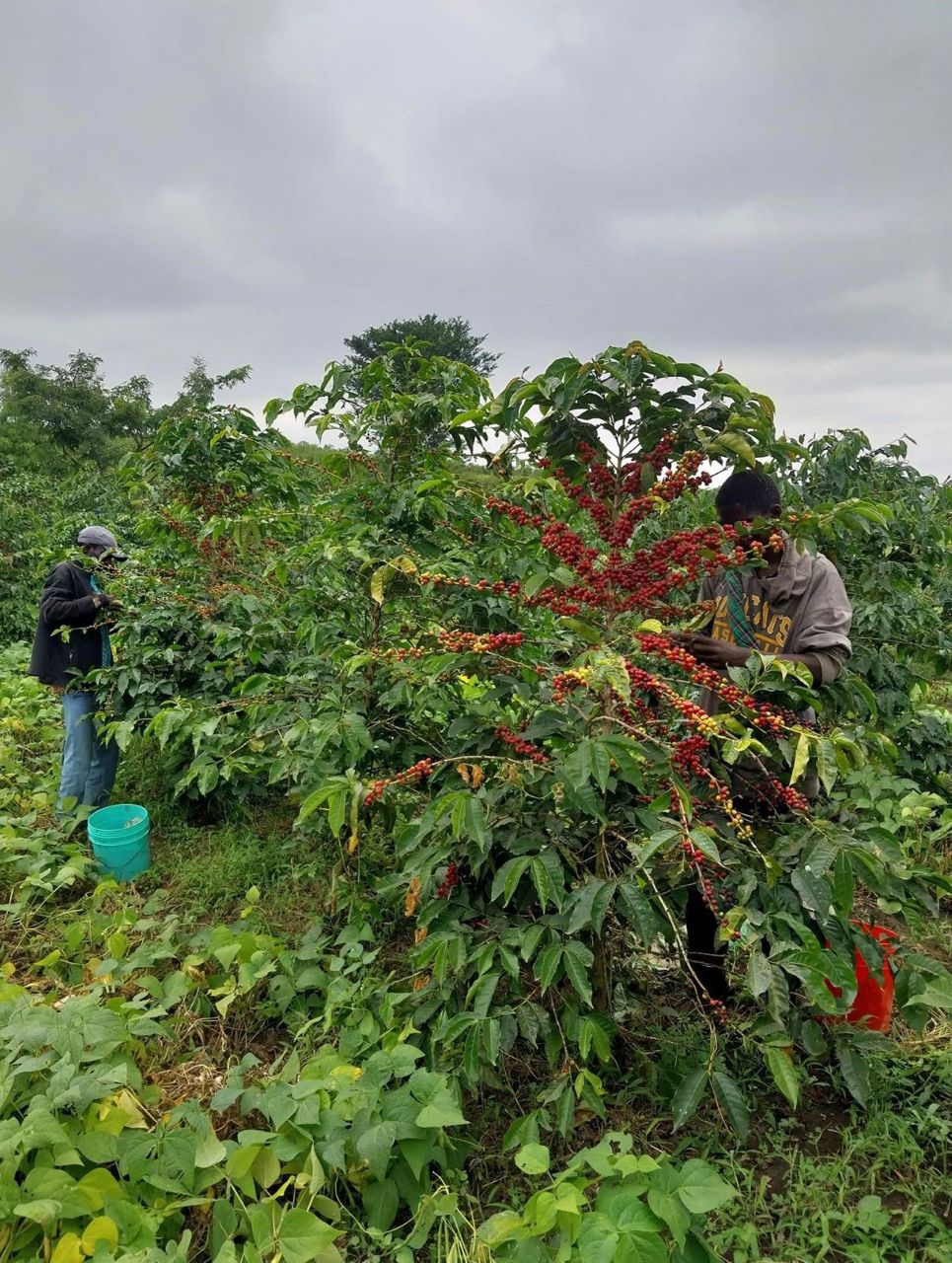Coffee Farm Tours in Tanzania

Coffee farm tours in Arusha and Kilimanjaro are popular tourist activities that offer a deep dive into the coffee production process. These tours typically include:
1. Visits to Coffee Plantations:
Guests can walk through coffee fields, observe the cultivation practices, and learn about the different stages of coffee growth.
2. Processing Facilities:
Tours often include stops at processing stations where visitors can see how coffee cherries are pulped, fermented, washed, dried, and sorted.
3. Tasting Sessions:
Many tours conclude with a coffee tasting session, where visitors can sample freshly brewed coffee made from locally grown beans.
4. Cultural Experiences:
Some tours also incorporate visits to local villages, allowing tourists to experience the lifestyle and culture of the coffee-farming communities.
Origin and History of the Coffee Tree
The coffee tree “Coffea” is believed to have originated in Ethiopia. The legend of its discovery dates back to the 9th century, involving an Ethiopian goat herder named Kaldi. He noticed his goats became unusually energetic after eating the red cherries from a particular tree. This tree was the coffee plant.
From Ethiopia, coffee spread to the Arabian Peninsula, where it became a significant part of the culture by the 15th century. Coffee houses, known as “qahveh khaneh,” appeared in cities across the Middle East. By the 17th century, coffee had spread to Europe, where it became a popular beverage.
Types of Coffee
1. Coffea Arabica (Arabica)
– Smooth, mild flavor and aromatic.
– Represents 60-70% of global coffee production.
– Grown at higher altitudes in regions like Latin America, East Africa, and Asia.
2. Coffea Canephora (Robusta)
– Strong, harsher flavor with higher caffeine content.
– Represents 30-40% of global coffee production.
– Grows well at lower altitudes and is more pest-resistant.
– Commonly grown in Africa and Indonesia.
Coffee History in Tanzania
Coffee was introduced to Tanzania in the 16th century by Arab traders, but significant cultivation began under German colonization in the late 19th century. The Germans established large coffee plantations, especially in the Kilimanjaro region, leveraging the area’s fertile volcanic soil and favorable climate. After World War I, British colonists continued to promote coffee cultivation.
Main Coffee Zones and Types in Tanzania
1. Kilimanjaro Region
– Renowned for high-quality Arabica coffee.
– Ideal growing conditions due to volcanic soil, high altitude, and favorable climate.
2. Arusha Region
– Produces high-quality Arabica coffee with similar conditions to Kilimanjaro.
3. Mbeya Region
– Located in the southern highlands, produces both Arabica and Robusta coffee.
4. Ruvuma Region
– Another significant area in the southern highlands, primarily growing Arabica coffee.
Coffee Cultivation Process
1. Planting
– Coffee plants are grown from seeds or cuttings.
– Seedlings are raised in nurseries for 6-12 months before transplanting.
2. Growth
– Coffee trees bear fruit 3-4 years after planting.
– Optimal conditions include specific altitude, climate, and soil.
3. Harvesting
– Occurs annually during the dry season (July to December in Kilimanjaro).
– Cherries are handpicked to ensure only ripe ones are collected.
4. Processing
– Wet Processing:Cherries are pulped, fermented, washed, and dried.
– Dry Processing:Cherries are dried whole, then hulled to remove outer layers.
– Beans are sorted and graded before roasting.
5. Roasting and Packaging
– Local roasteries roast beans to prepare them for consumption.
– Roasting influences the flavor profile significantly.
Advantages of Using Locally Roasted Coffee Compared to Industrially Made Coffee
1. Freshness
– Local roasting ensures coffee is fresher, leading to better flavor and aroma.
– Industrially made coffee often has a longer supply chain, which can affect freshness.
2. Quality Control
– Local roasters can maintain higher quality control standards.
– Small-batch roasting allows for precise adjustments to optimize flavor.
3. Support for Local Economy
– Purchasing locally roasted coffee supports local businesses and farmers.
– Encourages sustainable agricultural practices within the community.
4. Customization
– Local roasters often offer a wider variety of roasts and blends.
– Consumers can request specific roast levels and flavor profiles.
5. Environmental Impact
– Local production reduces the carbon footprint associated with transportation.
– Often involves more sustainable practices and less reliance on industrial farming methods.
In summary, coffee farm tours in Arusha and Kilimanjaro provide a rich educational experience, showcasing the entire coffee production process. Tanzania’s history and regions play a significant role in the quality and variety of coffee produced. Choosing locally roasted coffee offers numerous benefits, including freshness, quality, and support for local economies.
